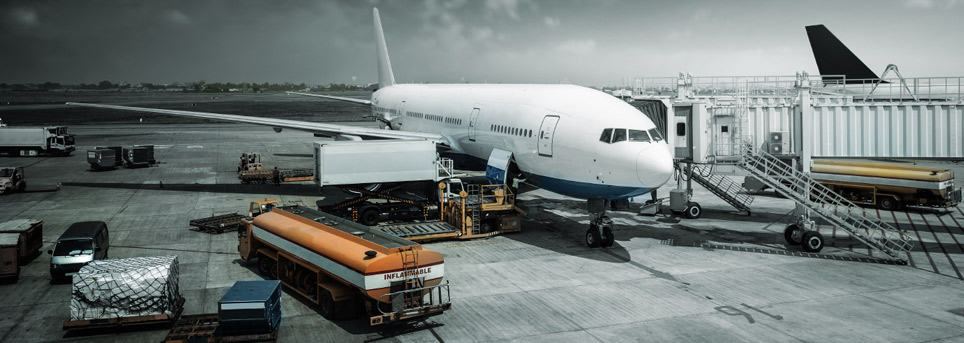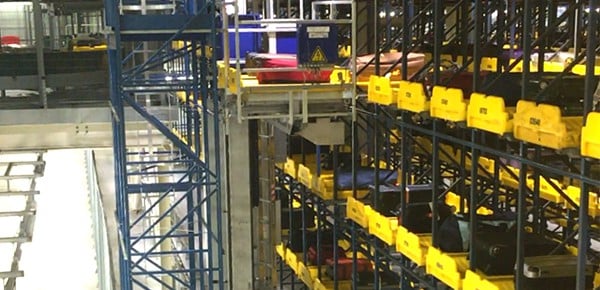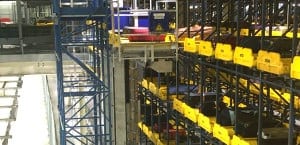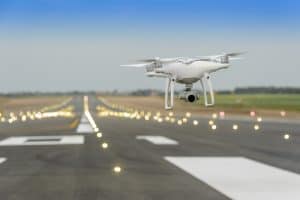
Adrian Todd, CEO, and Mevin Varghese, Airport Planner, delivered an Airport Planning and Capacity Management course to senior airport managers within development and design departments late last year. Taking place in Singapore, delegates travelled from Angkasa Pura Airport in Indonesia for a course that provided an understanding of the key aspects and elements of ACM as well as its relevance within variety of operations including airfield, apron, terminal including baggage.
The Airport Planning Capacity Management Course, facilitated by EquipGlobal and based on IATA standards, was extremely well received by attendees, who highlighted in the course feedback the focused approach, wealth of knowledge and excellent coaches from AiQ Consulting. Read More »












